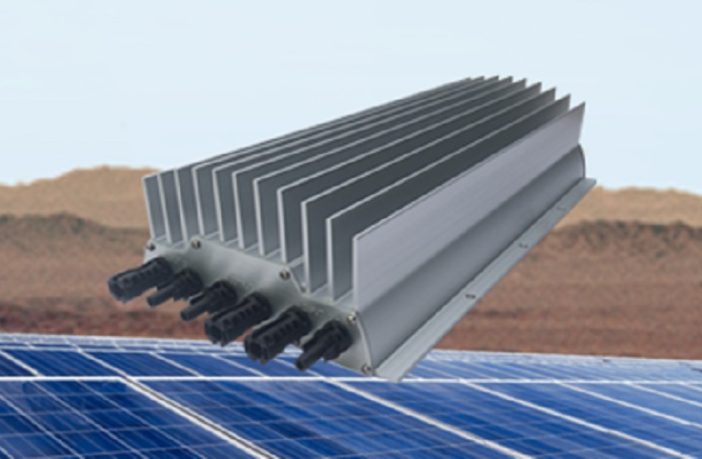- Ampt, a power electronic specialist based in Fort Collins, Colorado, has filed a lawsuit against SolarEdge for allegedly violating a series of their patents.
- According to Ampt, the violations at the heart of the issue are “power optimizers that contain high-efficiency power converters that both allow maximum power-point output, and use operational boundary conditions that continue producing power during conditions that might otherwise require the optimizer to be bypassed.”
The filing asks that the whole of SolarEdge’s inverter and optimizer lineup be removed from the marketplace for violation of these patents. Ampt contends that they, and other manufacturers, could replace SolarEdge’s hardware if needed.
Ampt filed with two separate courts – the Count of International Trade (ITC), whose online filing can be found here, and the US District Court of Delaware whole filing can be found here.
In the ITC Complaint filing, two patents were specifically highlighted – U.S. Patents Nos. 9,673,630 (‘630) and 11,289,917 (‘917).
The ’630 patent was issued in 2017, while the ’917 patent was recently awarded on March 29, 2022. Both patents claim priority to a provisional patent application filed in 2007. Ampt notes they were founded in Colorado in 2007.
The filing includes a circuit (below) that contains both a buck and boost converter. Ampt states that this “power optimizer circuit of (their) invention…describes a dual-mode configuration that provides high efficiency for their specific use-case.”
Buck converters step voltages down, while boost converters step voltages up. Solar optimizers regulate the voltages and amperages of individual solar panels in combination with their inverter, among a string of solar panels arranged in a series circuit.
The longer form filing with the ITC court includes an image of the circuitry inside of a SolarEdge optimizer, pointing out the location of the buck-boost converter.
The filing also highlighted operational boundaries and how they interact with over current and voltage, while attempting to optimize for the maximum power point (MPPT).
To this author’s very limited electrical knowledge, all inverter manufacturers use these two techniques to manage solar power. Solar charge controllers in off-grid systems specifically focus on these designs in order to keep voltages consistent when charging batteries from variable output solar panels.
pv magazine USA reached out to SolarEdge for a comment late last week. SolarEdge says that because they have not yet been served, they can’t comment on the specific patents yet. SolarEdge says that they have been in a patent negotiation with Ampt, which was being moderated by the USPTO, and that SolarEdge was awarded patents as a result of the discussion.
Author: John Fitzgerald Weaver
This article was originally published in pv magazine and is republished with permission.



















